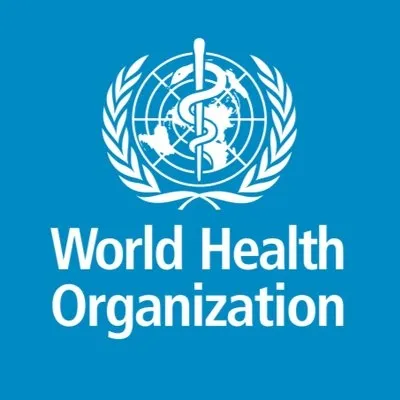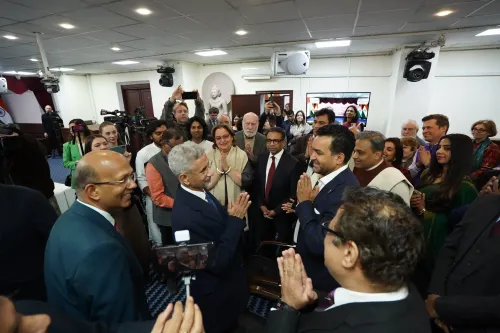Will the US Fund Withdrawal Drive WHO to Cut Over 2,000 Jobs by June 2026?

Synopsis
Key Takeaways
- WHO to cut 2,000 jobs by June 2026.
- US funding withdrawal impacts global health.
- Staffing levels to shrink by 22 percent.
- Significant regional disparities in job cuts.
- $1.06 billion funding gap reported for 2026-2027.
New Delhi, Nov 19 (NationPress) Following the US funding withdrawal initiated by the administration of Donald Trump, the World Health Organization (WHO) is expected to eliminate approximately 2,000 jobs, which represents 22 percent of its global workforce, by June 2026, as reported on Wednesday.
The US, the largest financial supporter of the UN health agency—accounting for about 18 percent of its total funding—suspended all financial aid on January 20, coinciding with the inauguration of the new US President.
As a consequence of this funding cut, the WHO has been compelled to reduce its operational scope and halve its management team.
The WHO forecasts a reduction from 9,401 staff members in January 2025 to a total of 2,371 job cuts by June 2026. This reduction includes both layoffs and voluntary departures, as indicated in a Member States Briefing document.
“The restructuring is focused on safeguarding the essential technical skills,” the document stated.
In the Geneva office of the WHO, the workforce is projected to decrease by 28 percent. Regionally, the Africa Region anticipates a 25 percent reduction, while both the Southeast Asia and Eastern Mediterranean regions will see a 14 percent cut. The European Region plans a 24 percent reduction, and the Western Pacific region expects a 7 percent decrease.
Importantly, these figures do not account for temporary staff or consultants, many of whom have reportedly been laid off.
In August, the WHO disclosed that hundreds of personnel had left; this marked the first instance where the UN health agency fully outlined the anticipated changes to its global workforce.
Additionally, the document revealed that the WHO faces a $1.06 billion funding shortfall in its budget for 2026-2027, which constitutes nearly a quarter of the total needed, a reduction from an estimated gap of $1.7 billion in May.
The projected workforce for 2026 will also be somewhat younger, with 51 percent of employees aged 30-49, compared to 49 percent previously.
The report further highlighted significant anticipated savings in travel and procurement costs for 2025, including a 50 percent reduction in travel expenses as of the end of October.









